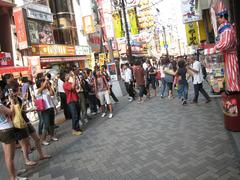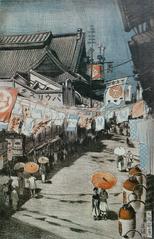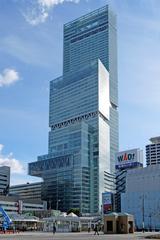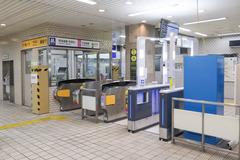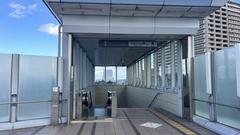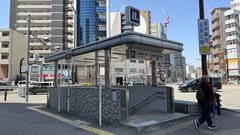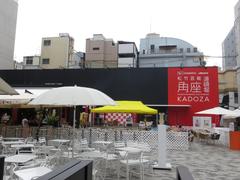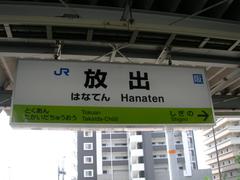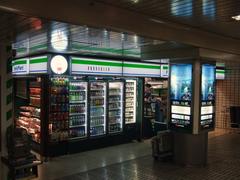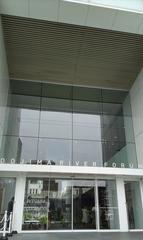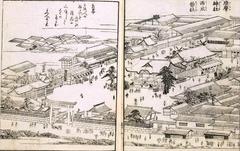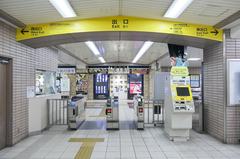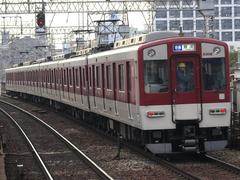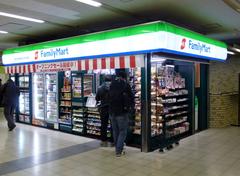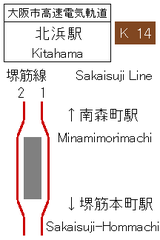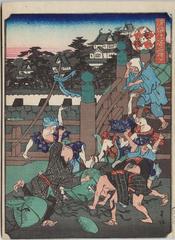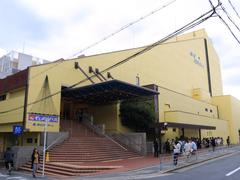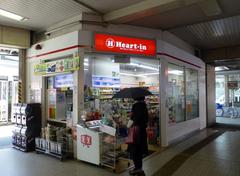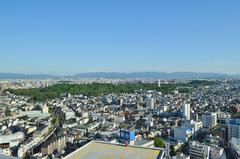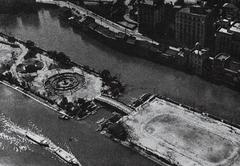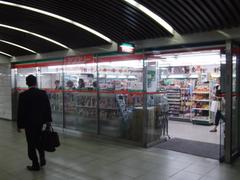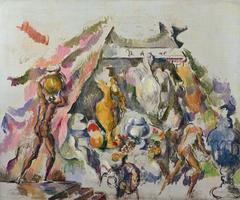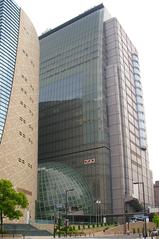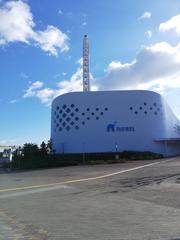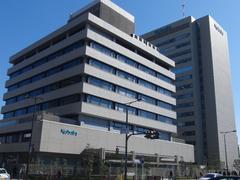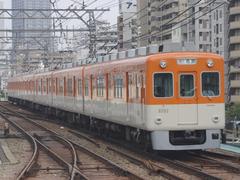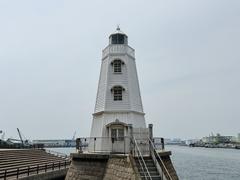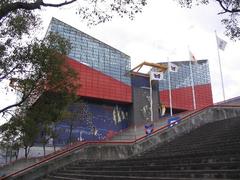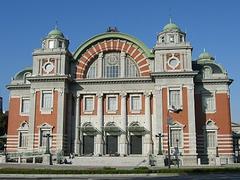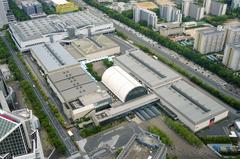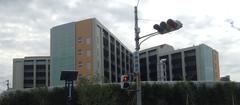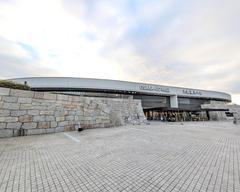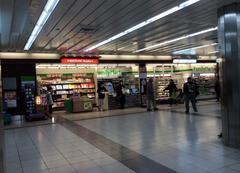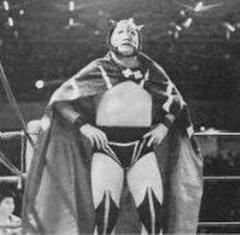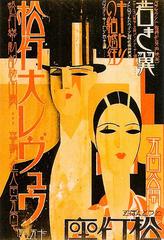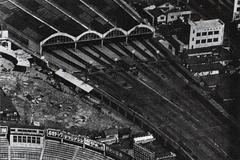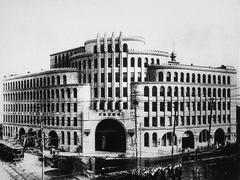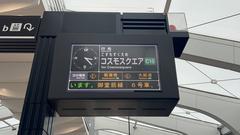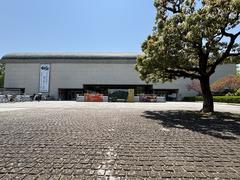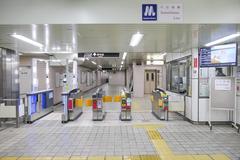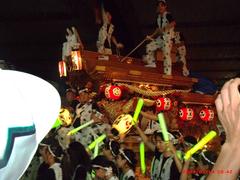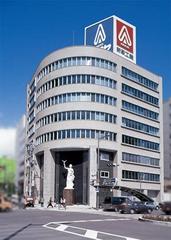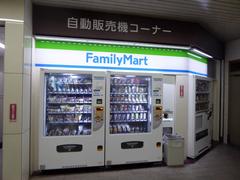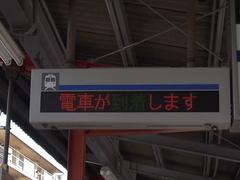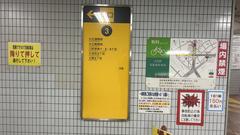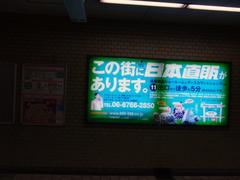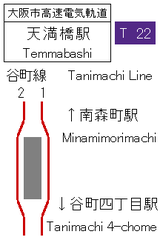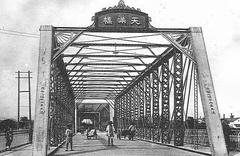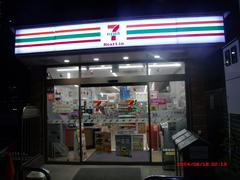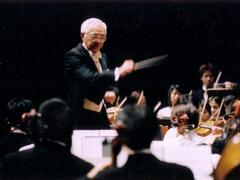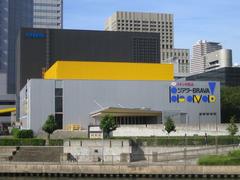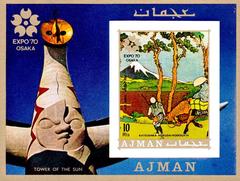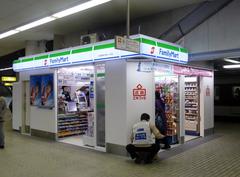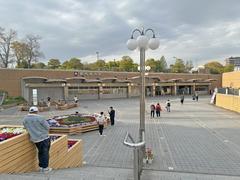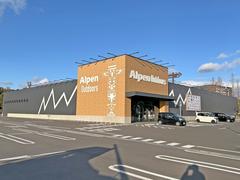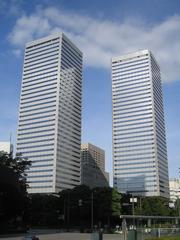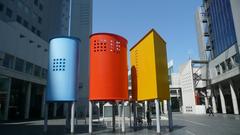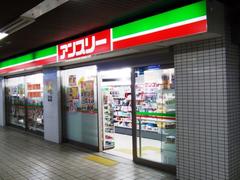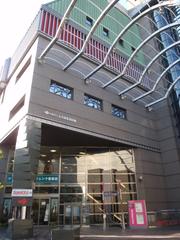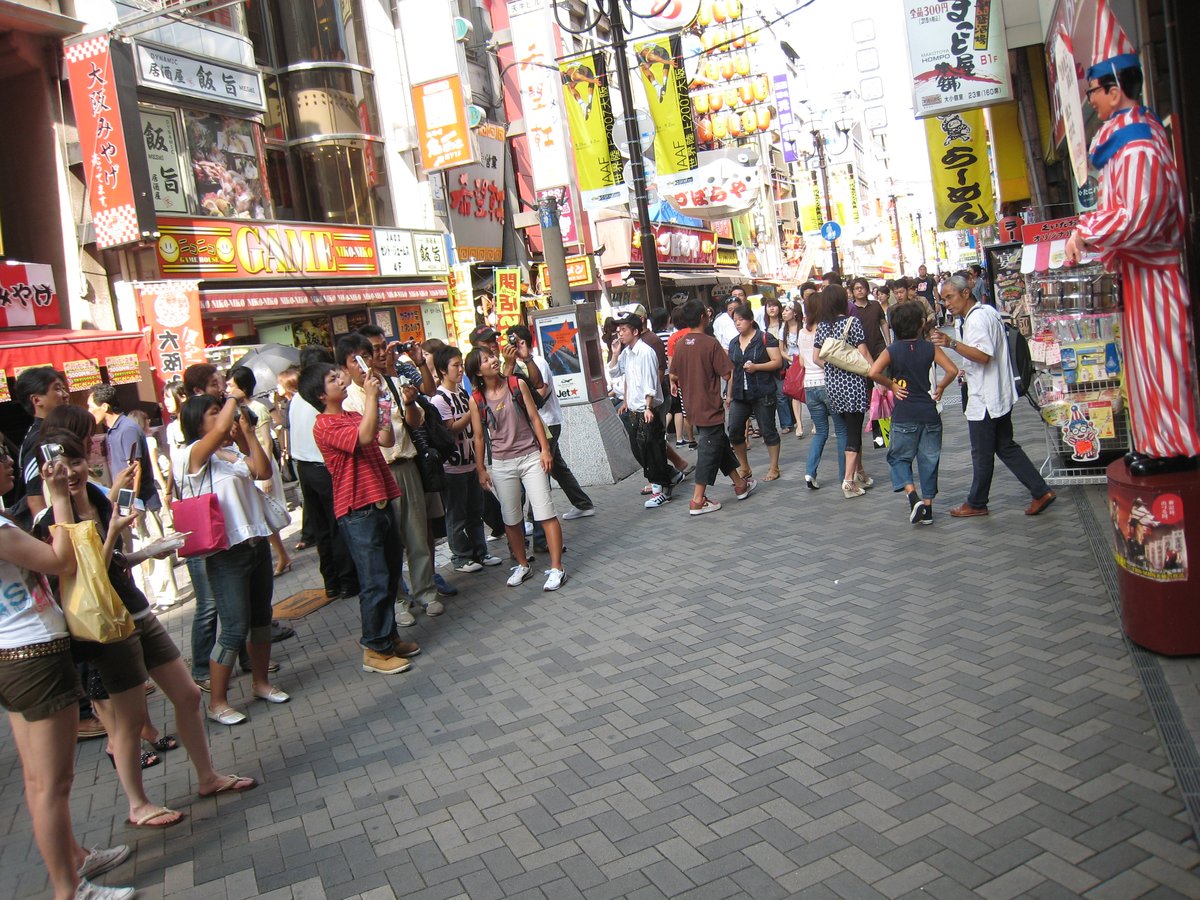
Visiting Dotonbori Osaka-shi Japan: Tickets, Hours, and Tips
Date: 16/07/2024
Introduction
Dotonbori, situated in the heart of Osaka, Japan, is a vibrant district renowned for its rich history, bustling nightlife, and delectable street food. Originating in the early 17th century, Dotonbori was named after Yasui Doton, a local entrepreneur whose vision led to the creation of the Dotonbori Canal in 1612. Although Doton did not live to see its completion, the canal was finished by his cousins, transforming the area into a thriving commercial hub (Osaka Info). Over the centuries, Dotonbori has evolved into a cultural and economic powerhouse, attracting millions of visitors annually. The district’s iconic neon lights, including the famous Glico Running Man sign, and its diverse entertainment options, from traditional kabuki theaters to modern nightclubs, make it a must-visit destination for travelers from around the globe (Japan Guide). Whether you are a history enthusiast, a food lover, or just looking for an unforgettable experience, Dotonbori offers a unique blend of tradition and modernity that captures the essence of Osaka.
Table of Contents
- Introduction
- History of 道頓堀 (Dotonbori), Osaka-shi, Japan
- Visitor Information
- Special Events and Guided Tours
- Top Photographic Spots
- Nearby Attractions
- Cultural Significance
- FAQ
- Conclusion
- Sources
History of 道頓堀 (Dotonbori), Osaka-shi, Japan
Origins and Early Development
Dotonbori, a vibrant district in Osaka, has a rich history that dates back to the early 17th century. The area is named after Yasui Doton, a local entrepreneur who initiated the construction of the Dotonbori Canal in 1612. Unfortunately, Doton died during the Siege of Osaka in 1615, but his cousins completed the canal in 1615, which led to the area being named in his honor (Osaka Info).
The canal was initially constructed to connect the Umezu River to the Kizugawa River, facilitating water transportation and trade. This development transformed Dotonbori into a bustling commercial hub, attracting merchants and traders from across Japan. The canal’s completion marked the beginning of Dotonbori’s transformation into a center of commerce and entertainment.
Edo Period - The Rise of Entertainment
During the Edo period (1603-1868), Dotonbori flourished as an entertainment district. The area became renowned for its theaters, including kabuki and bunraku (puppet) theaters. The first kabuki theater, the Naniwa-za, opened in 1624, setting the stage for Dotonbori’s reputation as a cultural hotspot (Japan Guide).
By the mid-18th century, Dotonbori was home to six major theaters, including the Takemoto-za and the Kado-za, which were famous for their performances and attracted audiences from all over Japan. The district’s vibrant nightlife, with its array of teahouses, restaurants, and entertainment venues, made it a popular destination for both locals and visitors.
Meiji Restoration and Modernization
The Meiji Restoration in 1868 brought significant changes to Japan, including the modernization of its cities. Dotonbori was no exception. The introduction of Western technology and culture influenced the district’s development. Theaters began to incorporate Western-style performances, and new forms of entertainment, such as cinema, emerged.
In the early 20th century, Dotonbori continued to evolve. The construction of the Dotonbori Bridge in 1910 and the opening of the Osaka Municipal Subway in 1933 improved accessibility to the area, further boosting its popularity. The district’s iconic neon signs and billboards began to appear during this period, adding to its vibrant atmosphere (Osaka Convention & Tourism Bureau).
World War II and Post-War Reconstruction
World War II brought significant challenges to Dotonbori. The area suffered extensive damage during the bombing raids on Osaka in 1945. Many of the historic theaters and buildings were destroyed, and the district faced a period of decline.
However, the post-war reconstruction efforts in the 1950s and 1960s revitalized Dotonbori. The district underwent significant redevelopment, with new buildings and infrastructure replacing the war-damaged structures. The iconic Glico Man sign, first installed in 1935, was restored and became a symbol of the district’s resilience and recovery (Glico).
Contemporary Dotonbori - A Symbol of Osaka
Today, Dotonbori is one of Osaka’s most famous landmarks, known for its vibrant nightlife, street food, and entertainment. The district’s history is reflected in its diverse attractions, from traditional theaters to modern shopping complexes.
The area is particularly famous for its neon lights and billboards, including the iconic Glico Man, which has become a symbol of Osaka. The Glico Man, a giant neon sign depicting a runner crossing the finish line, has been a fixture of Dotonbori since 1935 and is a popular spot for tourists to take photos (Glico).
Dotonbori’s culinary scene is another highlight, with numerous restaurants and street food vendors offering a wide range of local delicacies. The district is renowned for its takoyaki (octopus balls), okonomiyaki (savory pancakes), and kushikatsu (deep-fried skewers), making it a must-visit destination for food enthusiasts (Japan Guide).
Visitor Information
Visiting Hours and Tickets
Dotonbori is open 24/7, but individual attractions and restaurants may have varying hours. Most theaters and entertainment venues typically operate from late morning until late evening. There is no general admission fee to enter Dotonbori, but ticket prices for specific attractions, theaters, and events vary.
Accessibility
Dotonbori is easily accessible via public transportation. The closest subway station is Namba Station, served by multiple lines including the Midosuji Line, Sennichimae Line, and Yotsubashi Line. The area is also pedestrian-friendly, with most attractions within walking distance.
Special Events and Guided Tours
Dotonbori hosts various special events throughout the year, including seasonal festivals, street performances, and food fairs. Guided tours are available for visitors who want a deeper understanding of the district’s history and culture. These tours often include visits to historic theaters, popular food stalls, and iconic photo spots.
Top Photographic Spots
Some of the best spots for photography in Dotonbori include the Ebisu Bridge, the Glico Man sign, and the neon-lit streets along the canal. These locations offer stunning backdrops for memorable photos, especially at night when the district is illuminated by vibrant lights.
Nearby Attractions
Dotonbori is surrounded by other notable attractions in Osaka, including Shinsaibashi Shopping Street, Osaka Castle, and the Amerikamura district. These nearby sites offer additional opportunities for exploration and enjoyment.
Cultural Significance
Dotonbori’s rich history and cultural significance make it a unique destination in Osaka. The district’s blend of traditional and modern attractions reflects the dynamic nature of Japanese culture. Visitors can explore historic theaters, enjoy contemporary entertainment, and savor the flavors of Osaka’s street food, all within the vibrant atmosphere of Dotonbori.
The district’s enduring appeal lies in its ability to adapt and evolve while preserving its historical roots. From its origins as a commercial hub in the 17th century to its status as a modern entertainment district, Dotonbori continues to captivate visitors with its unique charm and energy.
FAQ
What are the visiting hours for Dotonbori?
Dotonbori is open 24/7, but individual attractions and restaurants may have varying hours.
How much do tickets cost for Dotonbori attractions?
There is no general admission fee to enter Dotonbori, but ticket prices for specific attractions, theaters, and events vary.
How can I get to Dotonbori?
Dotonbori is easily accessible via Namba Station, served by the Midosuji Line, Sennichimae Line, and Yotsubashi Line.
Are there guided tours available in Dotonbori?
Yes, guided tours are available and often include visits to historic theaters, popular food stalls, and iconic photo spots.
Conclusion
Dotonbori is a must-visit destination in Osaka, offering a unique blend of history, culture, and entertainment. Whether you’re exploring its historic theaters, enjoying its vibrant nightlife, or sampling its famous street food, Dotonbori promises an unforgettable experience. For more information on Dotonbori’s history and attractions, visit the Osaka Info and Japan Guide websites. Don’t forget to follow us on social media for more updates and travel tips.
